Filter by
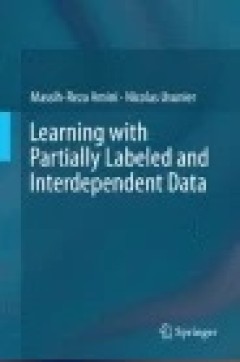
Learning with Partially Labeled and Interdependent Data
This book develops two key machine learning principles: the semi-supervised paradigm and learning with interdependent data. It reveals new applications, primarily web related, that transgress the classical machine learning framework through learning with interdependent data. The book traces how the semi-supervised paradigm and the learning to rank paradigm emerged from new web applications, …
- Edition
- -
- ISBN/ISSN
- 978-3-319-15726-9
- Collation
- -
- Series Title
- -
- Call Number
- -
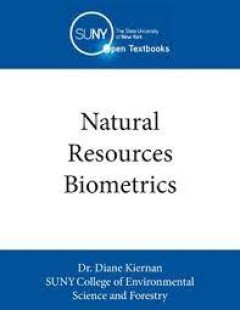
Natural Resources Biometrics
Natural Resources Biometrics begins with a review of descriptive statistics, estimation, and hypothesis testing. The following chapters cover one- and two-way analysis of variance (ANOVA), including multiple comparison methods and interaction assessment, with a strong emphasis on application and interpretation. Simple and multiple linear regressions in a natural resource setting are covered in …
- Edition
- -
- ISBN/ISSN
- 9781942341178
- Collation
- -
- Series Title
- -
- Call Number
- 540 KIE n
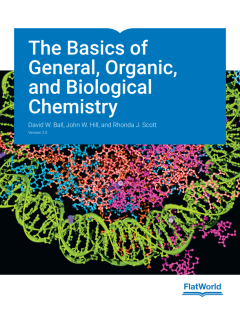
The Basics of General, Organic, and Biological Chemistry
The Basics of General, Organic, and Biological Chemistry by David W. Ball, John W. Hill, and Rhonda J. Scott is for the one-semester General, Organic and Biological Chemistry course. The authors designed this textbook from the ground up to meet the needs of a one-semester course. It is 20 chapters in length and approximately 350-400 pages; just the right breadth and depth for instructors to tea…
- Edition
- -
- ISBN/ISSN
- 9781453311097
- Collation
- -
- Series Title
- -
- Call Number
- 547 BAL b
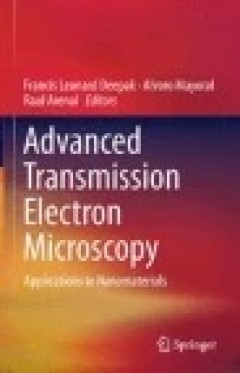
Advanced Transmission Electron Microscopy: Applications to Nanomaterials
This book highlights the current understanding of materials in the context of new and continuously emerging techniques in the field of electron microscopy. The authors present applications of electron microscopic techniques in characterizing various well-known & new nanomaterials. The applications described include both inorganic nanomaterials as well as organic nanomaterials.
- Edition
- Ed. 1
- ISBN/ISSN
- 978-3-319-15177-9
- Collation
- XII, 272
- Series Title
- -
- Call Number
- 540.1 ADV a
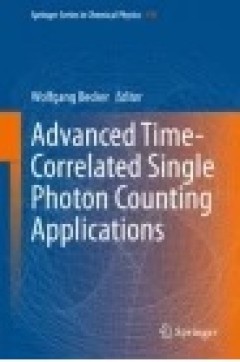
Advanced Time-Correlated Single Photon Counting Applications
This book is an attempt to bridge the gap between the instrumental principles of multi-dimensional time-correlated single photon counting (TCSPC) and typical applications of the technique. Written by an originator of the technique and by sucessful users, it covers the basic principles of the technique, its interaction with optical imaging methods and its application to a wide range of experimen…
- Edition
- Ed. 1
- ISBN/ISSN
- 978-3-319-14929-5
- Collation
- XXIII, 624
- Series Title
- Springer Series in Chemical Physics
- Call Number
- 540.1 ADV a
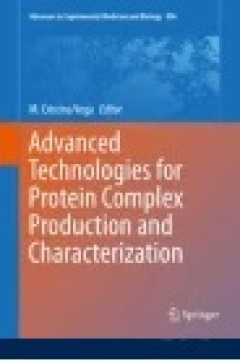
Advanced Technologies for Protein Complex Production and Characterization
This book presents advanced expression technologies for the production of protein complexes. Since complexes lie at the heart of modern biology, the expression, purification, and characterization of large amounts of high-quality protein complexes is crucial for the fields of biomedicine, biotechnology, and structural biology. From co-expression in E. coli, yeast, mammalian and insect cells to c…
- Edition
- Ed. 1
- ISBN/ISSN
- 978-3-319-27216-0
- Collation
- XIII, 382
- Series Title
- Advances in Experimental Medicine and Biology
- Call Number
- 574.75 ADV a
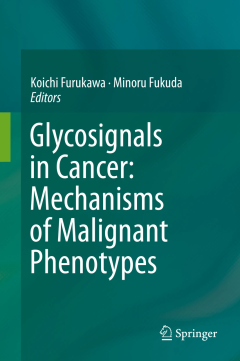
Glycosignals in Cancer: Mechanisms of Malignant Phenotypes
This book is a collection of cutting-edge studies on the functions and mechanisms of glycosylation in cancers. Along with progress in genomics and proteomics, new findings in the significance of these complex carbohydrates, through the regulation of cell signals, have been elucidated in a wide variety of biological events. This volume provides a comprehensive summary of glycosignals and their i…
- Edition
- -
- ISBN/ISSN
- 978-4-431-55937-5
- Collation
- VIII, 219
- Series Title
- -
- Call Number
- 540.1 GLY
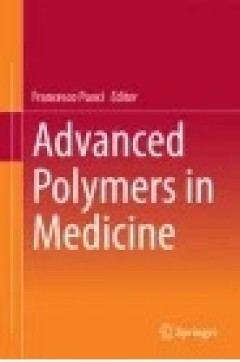
Advanced Polymers in Medicine
The book provides an up-to-date overview of the diverse medical applications of advanced polymers. The book opens by presenting important background information on polymer chemistry and physicochemical characterization of polymers. This serves as essential scientific support for the subsequent chapters, each of which is devoted to the applications of polymers in a particular medical specialty. …
- Edition
- Ed. 1
- ISBN/ISSN
- 978-3-319-12478-0
- Collation
- VIII, 537
- Series Title
- -
- Call Number
- 615.4 ADV a
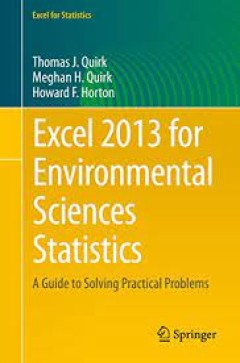
Excel 2013 for Environmental Sciences Statistics A Guide to Solving Practica…
This is the first book to show the capabilities of Microsoft Excel to teach environmentall sciences statistics effectively. It is a step-by-step exercise-driven guide for students and practitioners who need to master Excel to solve practical environmental science problems. If understanding statistics isn’t your strongest suit, you are not especially mathematically-inclined, or if you are wa…
- Edition
- -
- ISBN/ISSN
- 978-3-319-23977-4
- Collation
- 163 b/w illustrations, 2 illustrations in colour
- Series Title
- -
- Call Number
- -
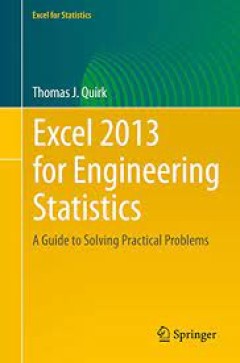
Excel 2013 for Engineering Statistics A Guide to Solving Practical Problems
This is the first book to show the capabilities of Microsoft Excel to teach engineering statistics effectively. It is a step-by-step exercise-driven guide for students and practitioners who need to master Excel to solve practical engineering problems. If understanding statistics isn’t your strongest suit, you are not especially mathematically-inclined, or if you are wary of computers, this …
- Edition
- -
- ISBN/ISSN
- 978-3-319-23555-4
- Collation
- 1 b/w illustrations, 161 illustrations in colour
- Series Title
- -
- Call Number
- -
 Computer Science, Information & General Works
Computer Science, Information & General Works  Philosophy & Psychology
Philosophy & Psychology  Religion
Religion  Social Sciences
Social Sciences  Language
Language  Pure Science
Pure Science  Applied Sciences
Applied Sciences  Art & Recreation
Art & Recreation  Literature
Literature  History & Geography
History & Geography